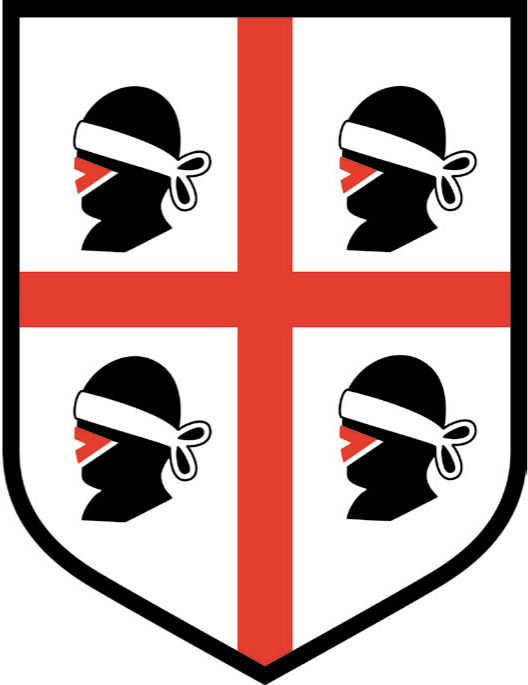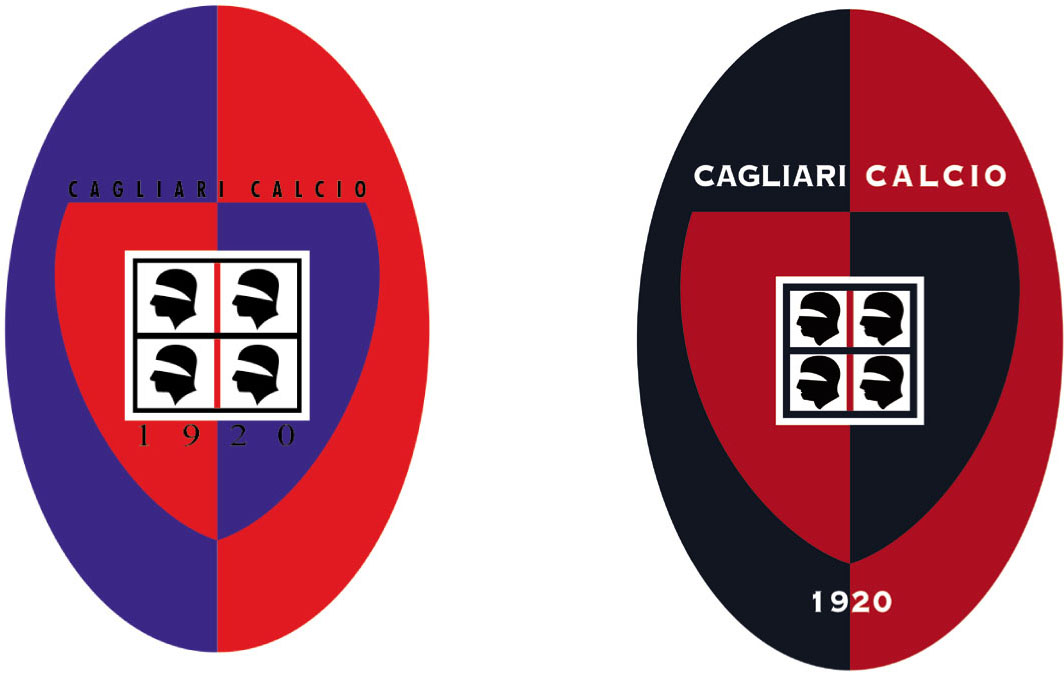
CAGLIARI CALCIO
THE MOORS FROM SARDINIA
Although Cagliari made its debut in Serie A as late as 1964, the Sardinian club were still the first team south of Rome to win the domestic league. In 1970, six years after promotion, the team secured the title, finishing four points ahead of Juventus – after only two defeats in 30 matches and conceding only 11 goals, a record that stands to this day. They were almost as strong in attack as defence. Their offensive line was led by Luigi ‘Gigi’ Riva, who scored 21 goals to become Capocannoniere (top goalscorer). Riva was picked for the Italian World Cup squad alongside five teammates. He was just as successful in the national team and remains Italy’s leading international goalscorer, with 35 goals.
But things didn’t work out quite so well for Cagliari. In 1976 they were relegated to the second division, a demotion that was followed by a long downturn. They spent only four seasons in Serie A until 1989, when the team was promoted under the new coach Claudio Ranieri. The Isolani (Islanders), with their eye-catching crest depicting Moors and the team’s Sardinian heritage, have since returned to Serie A.
In recent times the club has been marked by the chairmanship of Massimo Cellino, a controversial businessman who led Cagliari between 1992 and 2014. Cellino’s reign saw both promotions and relegations and matches being moved to stadiums other than their usual Sant’Elia because of its poor condition and building work. In the course of his 22 years at the club he went through no fewer than 36 coaches. Since 2014 the club has been owned by Tommaso Giulini.
CLUB: Cagliari Calcio
NICKNAMES: I Rossoblu (the Red and Blues), Gli Isolani (the Islanders), I Sardi (the Sardinians) and Castéddu (Cagliari in the Sardinian dialect)
FOUNDED: 1920
STADIUM: Sardegna Arena, Cagliari (16,233 capacity)
HISTORICAL PLAYERS: Gigi Riva, David Suazo, Gianfranco Zola and Daniele Conti

1931–1990. While most Italian clubs waited until the 1970s to put emblems on their shirts, Cagliari was an early adopter and introduced this shield in 1931, 11 years after the founding of the club. It is taken from the Sardinian flag and depicts four Moors; Sardinia was for a while ruled by the Moors, and the symbol has its origins in the 13th century. Over the years, the shape of the crest has been modified and the red lips have disappeared.


1996–2015. The emblem was changed pretty soon after the arrival of Massimo Cellino in 1992. Shortly thereafter it would be updated and for the following 20 years it consisted of a two-tone oval-shaped shield: the red stands for the royal house of Savoy, which ruled Sardinia; the blue represents the sky and the water.

2015–present. In the summer of 2015, before the start of the season in Serie B, the relatively new owner Tommaso Giulini unveiled a new club crest. The Moors were again the dominant symbol but now, and for the first time, they were facing to the right. This was meant to symbolise belief and hope in the future, an alteration that had already been made in the Sardinian flag in 1999. The Corsican clubs SC Bastia, AC Ajaccio and Gazélec Ajaccio also feature Moors in their club crests.

Nicolò Barella was born in Cagliari and made his Serie A debut for the club in 2015. Given its clear links Sardinian heritage, Barella will understand more than most the significance of the Moors depicted in the Isolani (Islanders’) crest.